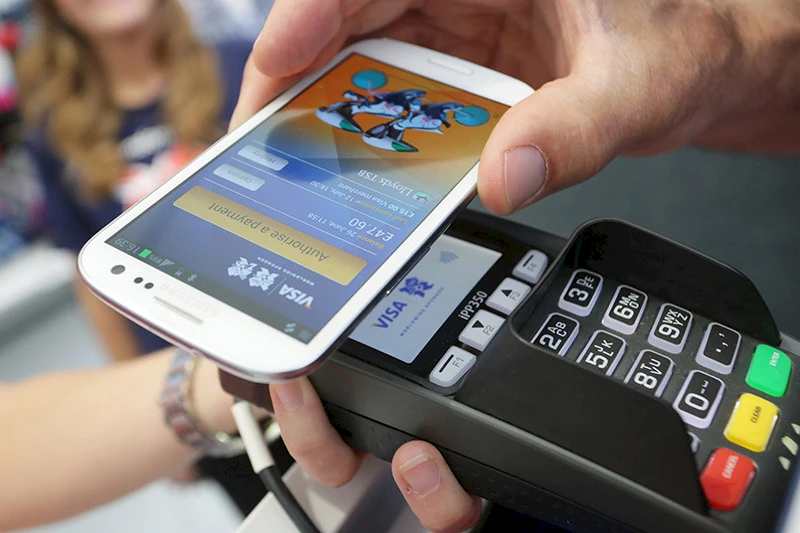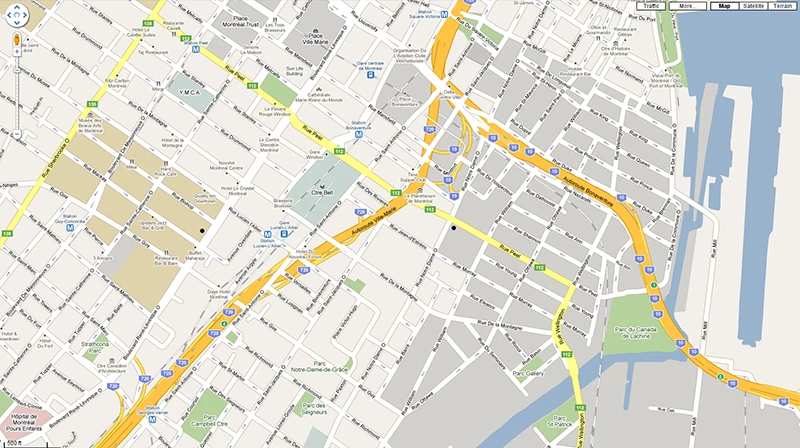Google IO 2015, our comments

Last weekend, the Google IO version 2015 event took place over two days in San Francisco. Here is what particularly caught our attention.
Android M: it's coming soon!
Permissions
Today when you install an Android application you have the choice between :- either accept the whole list of permissions (and it's surprising that an application would claim your GPS)
- or not to install the application.... at all!
nice choice...
This is now ancient history! The user will be able to choose what he accepts or not. Good idea, but it might complicate my life, you might say? Not so much in fact, permission requests (permissions) are made when necessary.
This way, the user understands very well the link between what he is doing and the permission he is being asked for. If we now put ourselves on the development side, it will have a cost.
Indeed, new scenarios will have to be managed at the software development level: what should be done when an augmented reality application does not have permission to use the "camera" device?
So on paper this feature is very attractive, but the future will tell us if future applications will correctly apply this model.
Web App and Cross platform
The use of WebView (HTML) in native applications is a well-established trend. And this craze is understandable. Imagine that you need to develop a (yet simple) mobile application and you are told that you will have to do the job twice! Once for Android, and once for IOS. Are you going to pay twice for the same thing? So you'll probably be happy to learn that this extra cost could be very much reduced if the majority of the UI is actually a mix of "HTML5/CSS/JQuery-Mobile,... "In this case, the same development could be used for IOS and Android.... and probably even for part of your website.
There is obviously a compromise to be made with the performance, but it remains a very advantageous solution for "small apps".
In this cross-platform spirit, we will therefore note :
- "Chrome Custom Tab" an advanced Android-M API makes it a little easier for developers to integrate WebView.
- " Polymer 1.0 " a library that facilitates the development of " HTML/CSS/Javascript ".
- Also noteworthy is the unification of "cloud messaging" and "push Notifications services" between IOS and Android.
Android Pay

We've been talking about it for quite a while now, and it's clear that things haven't changed much so far. We have seen NFC appear on many devices but its use is still rare.
This year Google will propose a new payment API:
- "Simple": the payment application starts by itself (part of the OS)
- "Free": you can choose your bank
- "Secure": the card number is masked and the fingerprint (which has become a standard in Android M) is used.
Having said that, payment by cell phone still raises a lot of debate, and a lot of arm wrestling between the protagonists. It's not obvious that in 2016 you'll be paying for your beer with your phone!
A smart phone, getting smarter and smarter
Google has, according to Sundar Pichai, made a big breakthrough this year in the field of artificial intelligence and machine learning. Using technology based on neural networks, answers are now becoming more and more adapted and precise.
Furthermore, the context of a question, such as GPS position, time, type of application in progress, history, are now an integral part of the information used by Google to answer a query.
In concrete terms, thanks to the "Now on Tap" feature, a simple click on the "HOME" button on the phone quickly launches "contextual" searches.
So you can't possibly get different results on Monday night at the office, or Sunday morning on the beach.
Doze = twice as much autonomy
Android M integrates a more intelligent power management that would offer twice the autonomy according to tests performed on a Nexus. But the novelty also lies in the appearance of a new USB connector (reversible) capable of supporting high loads (up to 60W! according to the USB Power Delivery 2.0 specification).
So the good news is that your phone will last longer and charge faster. Bad news though, you'll probably be able to put your old cables and adapters in the trash.
Internet of Things and Wearable
A screen always on
With "Always ON", the watch display stays on all the time! Does it seem natural enough to you not to see the hands of your mechanical watch disappear? Well, the same logic has been applied in the world of the "smart". It will be a question for the manufacturer to make a screen that doesn't go out, and that doesn't consume anything. It is in fact something very similar to the screens of today's electronic readers (LCD-bistables or E-Ink).
Brillo: a specific Android for embedded devices
It's quite amazing how history repeats itself. I still remember the time when Android 1.0 was announced as a "mini Linux-based System" capable of being ported into small embedded systems (especially phones).
Seven years later, pushed by the market, phones became super powerful allowing Android to be more and more "heavy". So back to the roots for Google, with Brillo, which would run with barely 32MB of RAM. Having said that, we don't know much more about hardware requirements (ex: do you need an MMU? Are there any restrictions on the CPU type?) and most of all... what's the gain compared to current solutions?
Is this a clever way for Google to place Weave, their system of interconnected objects?
Google MAP offline!

We've been waiting for it for a long time! At last! Google Map now "hides" its maps correctly and it even becomes possible to search without an internet connection. No more lonely moments in the middle of a deserted highway, where all we see is 4 blurred pixels, because of the lack of internet connection.
Finished these moments, or leaving a camping in the middle of nature, we look for the parking of a mac-do to get a map before leaving. Well, I confess, there is maybe a little bit of life here...
Android Studio V1.3
For those who have already had the pleasure of tasting Android Studio V1.0 (the native Android development tool), you should know that improvements continue to come at full speed!
Here are the important points of this new version :
- Support C++/C NDK developping and debug natively
- Build gradle faster
- New memory profiler
- Cloud Test Lab which allows testing on all phones on the market (with feedback in the form of video files and logs).
Link to the full key note (2hrs): https://www.youtube.com/watch?v=7V-fIGMDsmE
